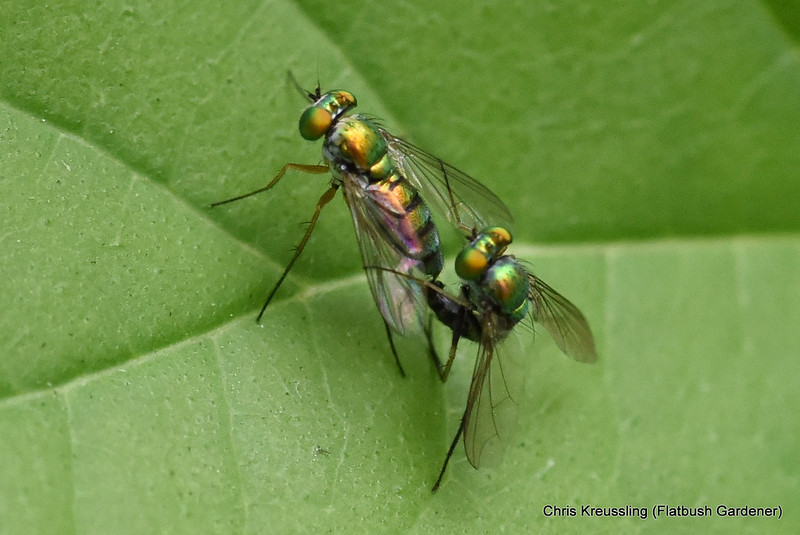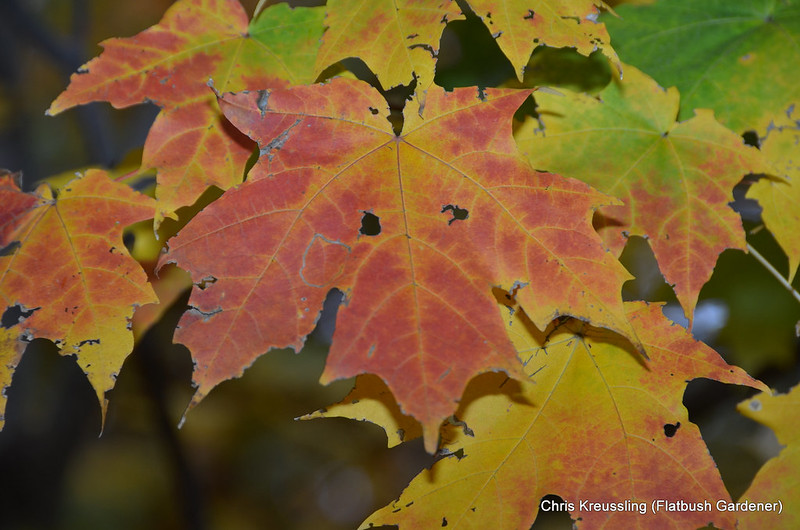The Dogwood which my family sponsored, and I helped to plant, outside the 3rd Street Playground in Brooklyn's Prospect Park.

My father's birthday was November 2. He would have been 79.
He died almost two years ago, early in the morning of December 1, 2008. I've been going back over what I wrote about his death. But the best thing to read, to get a sense of who he was, is in his own words:
How Old Will I Be?
This morning, Blog Widow and I helped plant a tree in his memory in Prospect Park. The Prospect Park Alliance
Commemorative Giving program provides opportunities to
sponsor an existing tree or plant a new tree. There are no plaques or signs on the trees themselves or in the park; their Web site provides an
online register, indexed by commemoration name, of the sponsored trees, their locations, and the season they were planted, going back to 1983. My father was
born and raised in Brooklyn, so this seemed an appropriate way for the family to remember him.
My Dad's favorite tree was the native Dogwood,
Cornus florida, so that's what the family selected to commemorate him. Luis Lemus, the Prospect Park arborist who coordinated this morning's planting, told me he purchased it from a nursery in Pennsylvania. Just three days ago it was in the ground. And now it is again. Luis was joined by his Parks colleagues, Eric and Jose. The three-man crew made quick work of planting. It was all over in a little more than a half-hour.
The location is lovely, just outside the 3rd Street Playground, behind Litchfield Villa. Prospect Park lost hundreds of trees over the past year, in a winter storm, and this summer's tornado-macroburst storm. A few large trees were taken down in this location, opening up the canopy. Countless thousands of park visitors, a few of whom we met and spoke with during the planting, will enjoy this tree for decades to come.
Slideshow








